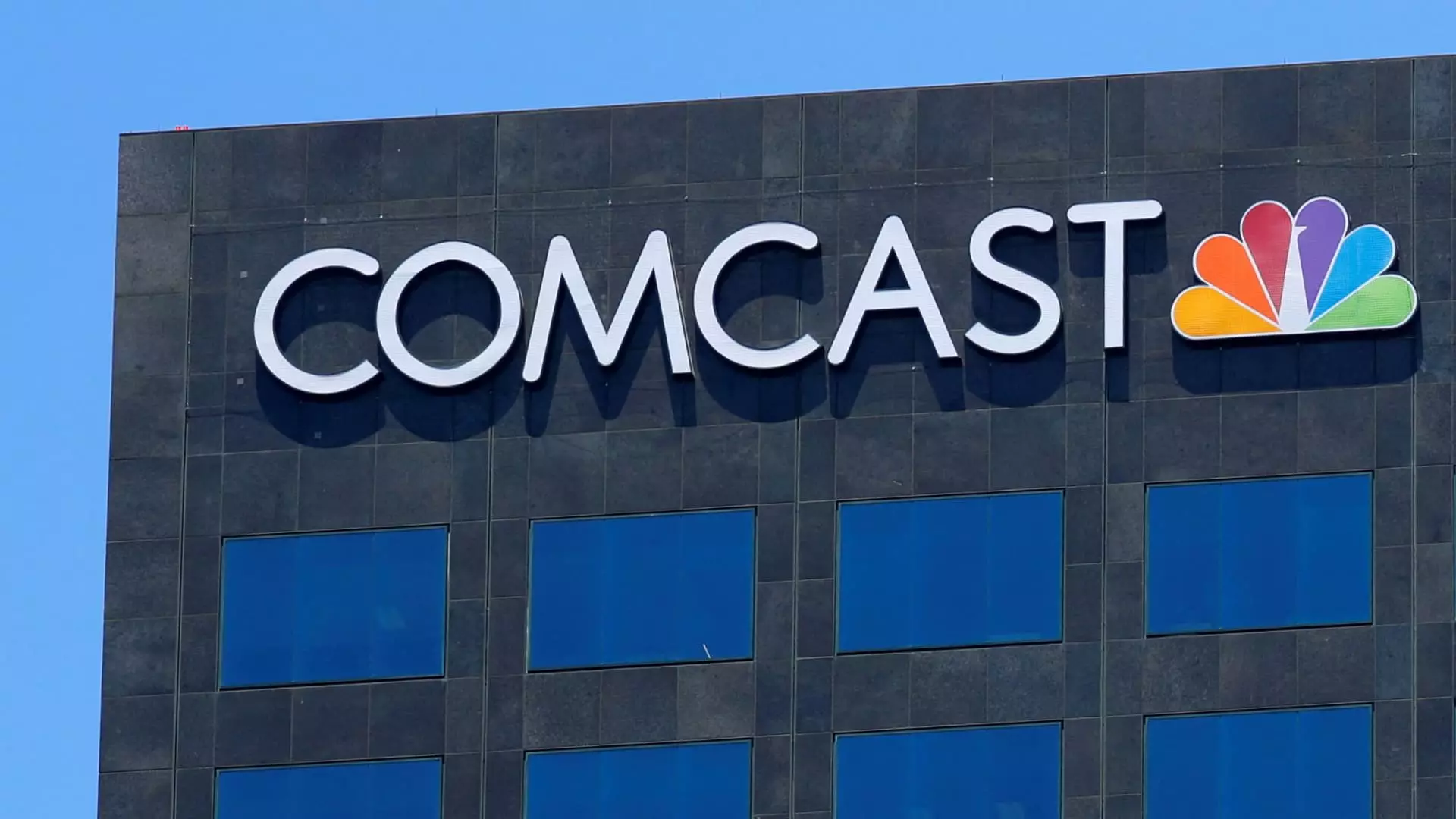Comcast, a titan in the media landscape, is embarking on a significant shift in its operational structure by planning the spinoff of its cable network channels. This decision is rooted in an evolving view of the media ecosystem, particularly the migration of viewers from traditional cable services to streaming platforms. Among industry insiders, this move signals a potential unlocking of value for Comcast amidst the challenges faced by traditional media outlets—most notably the ongoing trend of cord-cutting.
The enterprise, anticipated to be operational within a year, will see Mark Lazarus, the current chairman of NBCUniversal’s media group, at the helm. He will be joined by Anand Kini, who will assume the roles of CFO and operating chief, suggesting a leadership structure designed to solidify the new entity’s financial viability and operational efficiency from inception. Comcast’s long-time chairman and CEO, Brian Roberts, will retain a voting role but will step away from direct leadership responsibilities in this new framework, allowing for fresh strategic direction as the company seeks to reposition itself in the competitive landscape.
The creation of an independent company specializing in cable networks offers Comcast the flexibility to pursue various strategic pathways. Analysts speculate that this spinoff could open avenues for consolidation with other networks or present an attractive acquisition target for private equity firms. This strategic recalibration positions the new organization to adapt to market demands while capitalizing on its existing portfolio.
Financially, the spinoff is poised to be tax-free, a favorable condition that enhances shareholder value. The new entity’s share structure will closely mirror that of Comcast, a strategic choice aimed at simplifying the investment transition for current shareholders. By streamlining operations through this maneuver, Comcast is aligning itself to enhance its core business model, particularly at a time when traditional cable revenue is increasingly scrutinized due to shifting consumer behavior.
During an earnings call earlier in October, Comcast President Mike Cavanagh expressed the necessity of redistributing cable assets to create a “well-capitalized new company” reflective of current market realities. The imperative for flexibility has never been more pronounced; millions of subscribers are favoring streaming services over legacy pay-TV models, amplifying the need for companies like Comcast to innovate their approach.
The phenomenon of cord-cutting cannot be overstated, as it continues to disrupt the traditional media model. Comcast’s decision to enhance its streaming platform, Peacock, indicates a recognition of this trend. In fact, Peacock has become increasingly vital as the company attempts to capture the shifting preferences of consumers, with investments aimed at bolstering content offerings and user engagement on the platform.
Interestingly, despite the decline in traditional viewership, Comcast’s media segments have shown resilience, reporting a notable 37% revenue increase to $8.23 billion in the third quarter, driven largely by high-profile events like the Olympics. Even with the risks posed by changing consumption trends, traditional networks remain significant revenue generators for media corporations—an interesting paradox that underscores the complexities in transitioning to a more digital-centric model.
The upcoming spinoff will likely require meticulous planning, especially concerning existing licensing agreements and collaborations. Questions loom about the future relationship between its various news-centric networks, including MSNBC and CNBC, with NBC News. They must evaluate synergistic benefits while ensuring operational independence, which underscores the intricate challenge of managing a revamped organizational structure.
Ultimately, while Comcast’s spinoff initiative marks a pivotal turning point, it must navigate the duality of a declining traditional model and an aggressively evolving digital marketplace. This strategic recalibration represents not just an operational necessity, but a bold statement about the future of media consumption and corporate adaptability in a rapidly changing environment.
As we await formal announcements, one thing remains clear: Comcast is responding proactively to upheavals within media consumption, and its strategies will be closely scrutinized as the landscape continues to evolve.

